
UK Soils Awareness Week
#uksaw
Take Action: Top Tips for healthy soils
Whether you live in a town, village or the countryside with a farm, a garden or just a window box to look after, there are lots of things you can do to improve the soil, either directly or indirectly.
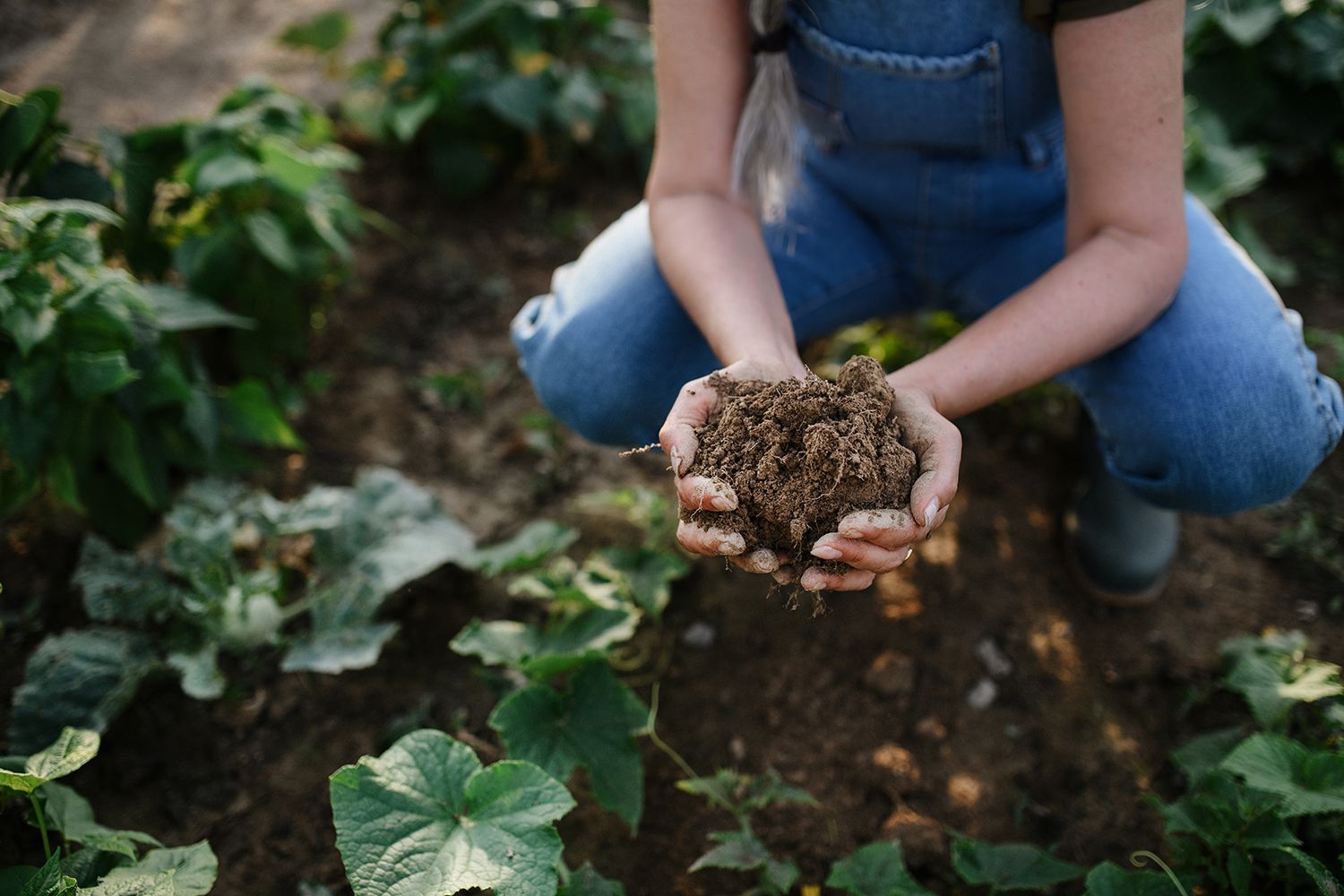
1. Get your hands dirty!
The best way to learn about soil is by getting your hands on it yourself (although gloves are acceptable!) - in your own garden, allotment, window box or through a community garden scheme.
Only through first-hand experience of soil can one get to know and understand its different characteristics – colour, texture and even smell, how these change over time and what this means for biodiversity, carbon, water – and the plants that grow in it.
Exposure to soil is good for your mood too. Scientists recently discovered that a type of friendly bacteria found in soil may affect the brain in a similar way to antidepressants!
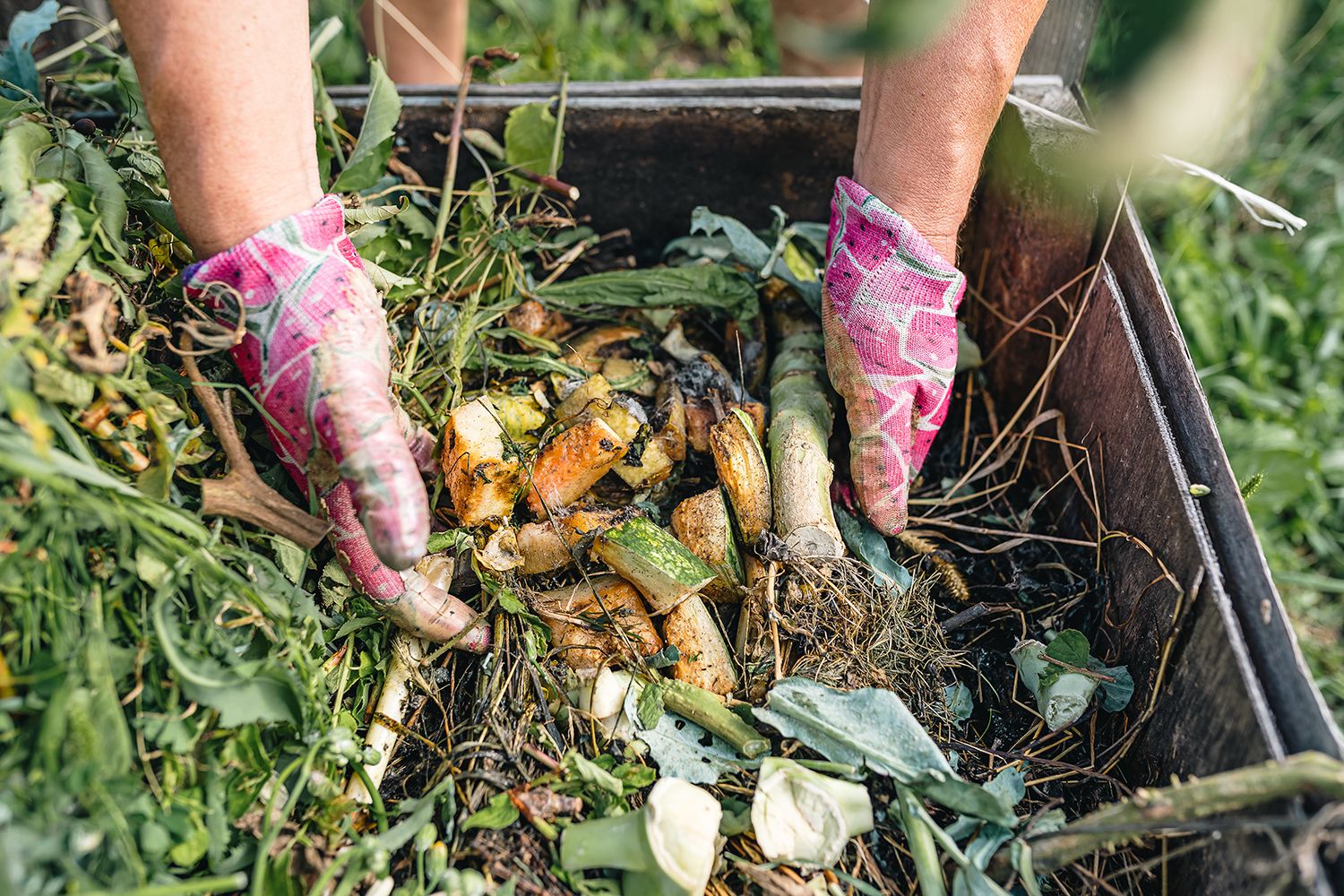
2. Collect your compost!
Composting is a great way to recycle the organic waste we generate at home. If you have the space, an outdoor composter stores this waste and turns it into a valuable fertiliser for the plants in your garden or window box.
If your local authority collects your food or garden waste then do make use of it. It is usually collected, treated and converted into municipal compost or soil conditioner and is often available free or at low cost.
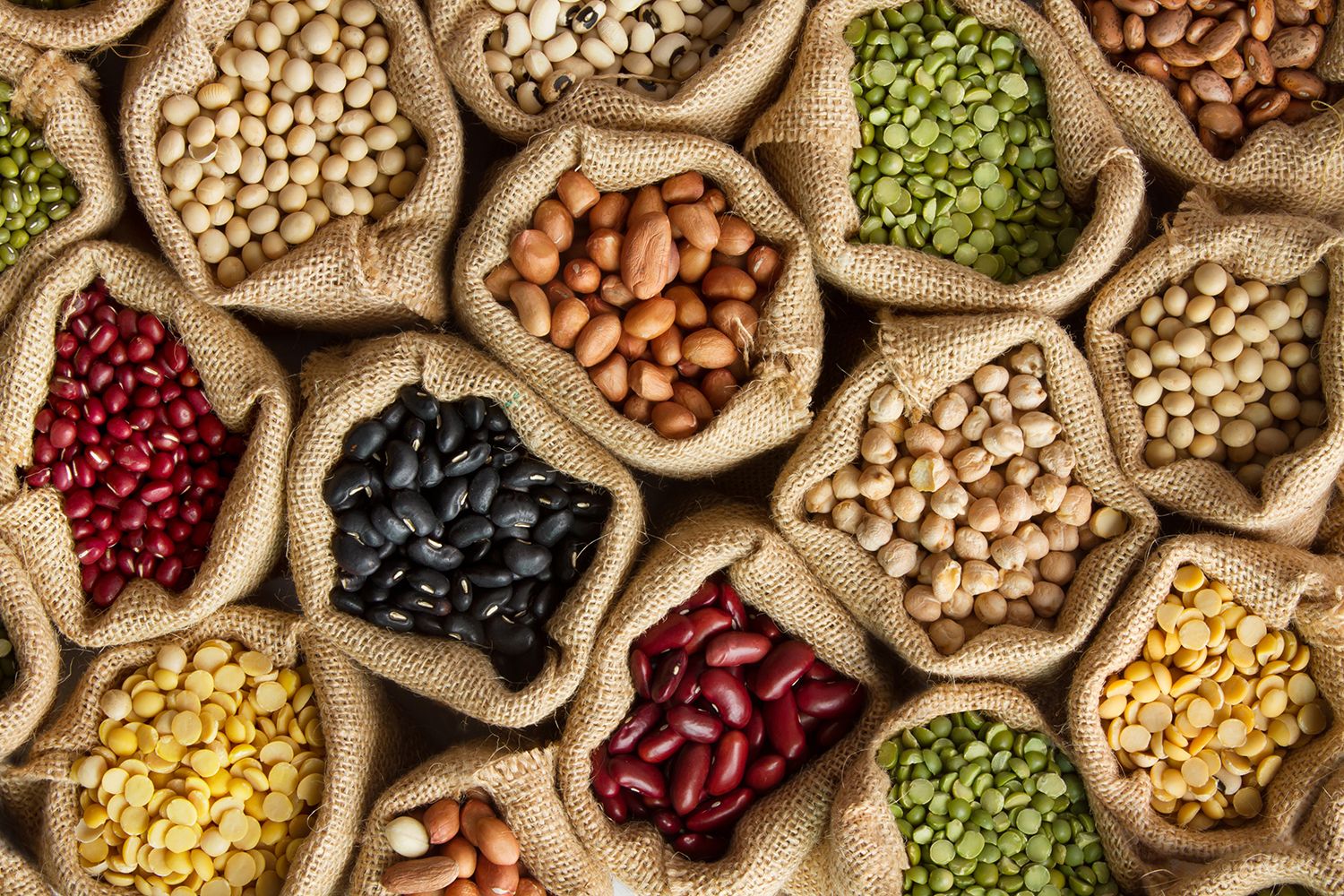
3. Eat your beans!
Some plants are naturally good for soil because they ‘fix’ nitrogen (take it out of the atmosphere and make it available in the soil for other plants to absorb). These plants – usually referred to as pulses – include beans, lentils, peas and chickpeas.
And as luck would have it, these products happen to be pretty good for you too!
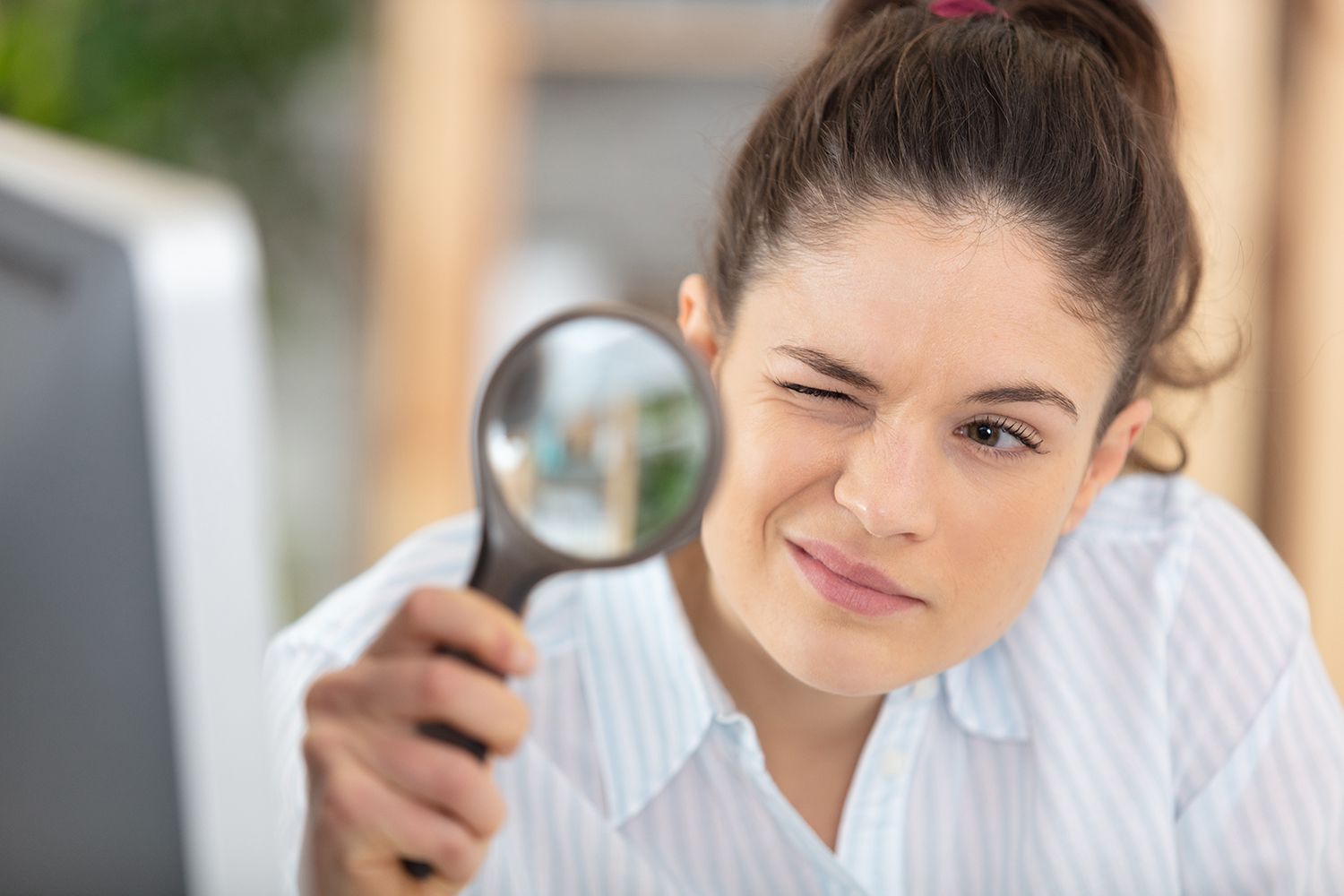
4. Read your labels!
Nowadays more and more foods carry labels that explain the sustainable farming credentials of that product – and increasingly this includes its impact on the soil. These labelling schemes include LEAF, the Soil Association, Red Tractor and the logo might use terms like organic, regenerative, sustainable or agro-ecological.
But don’t take these labels at face value – go to the websites of the organisations responsible to get to the bottom of what they really mean for farming, the environment and the soil.
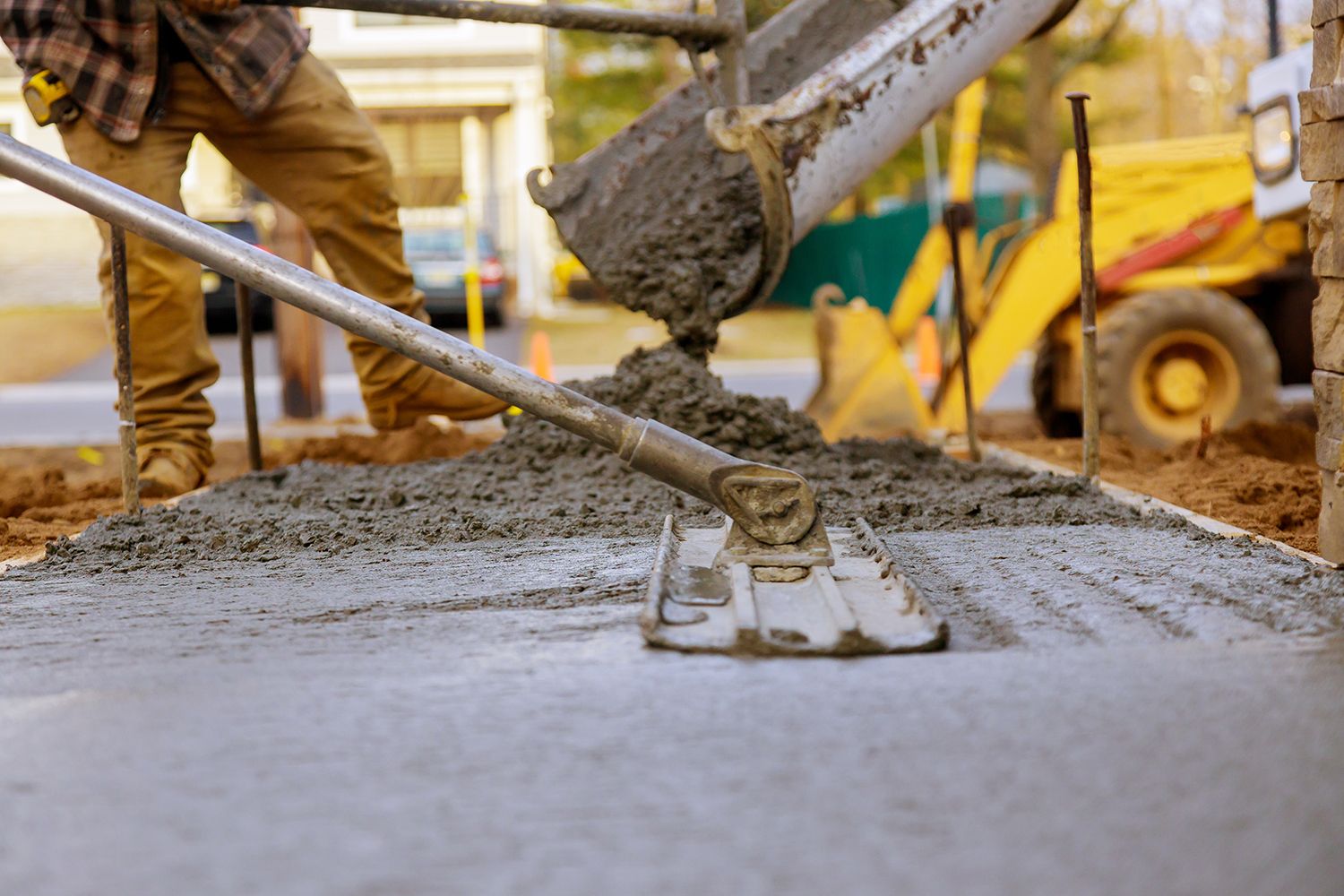
5. Don’t seal your soil!
When carrying out a building project, resist the urge to concrete over your garden, drive or other outdoor spaces. ‘Sealing’ soil prevents it from performing any of the tasks we ask of - like absorbing carbon from the atmosphere or providing a home for biodiversity.
Because uncovered soil stores and filters water that otherwise has to go for treatment, sealed soil is bad news for your water bill too!
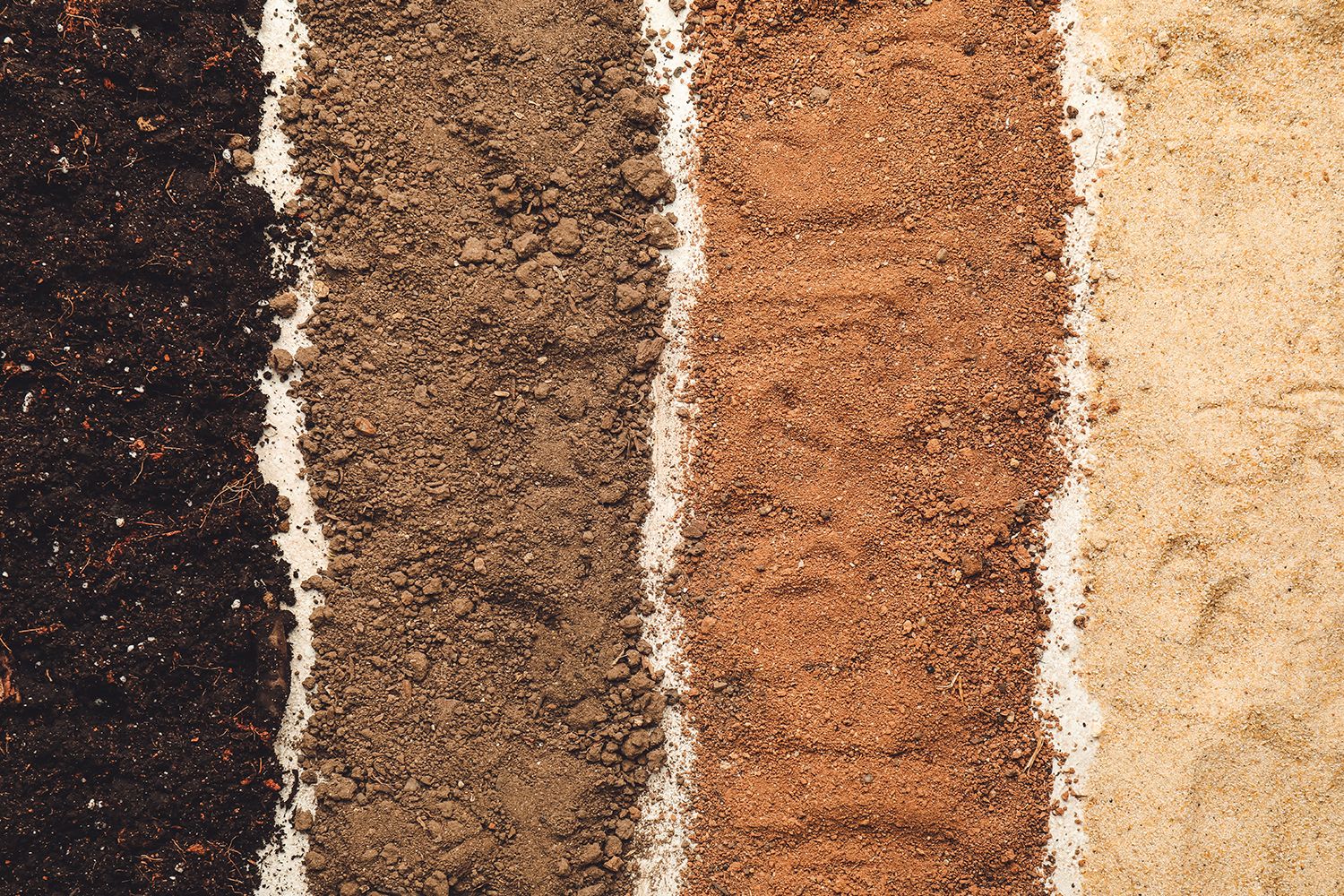
6. Know your own soil!
Did you know that the UK has over 700 different types of soil? That's a large number for such a small country, which reflects our wide range of rock types, varied climate and the type of crops grown over time.
To find out what type of soil you have in your area, visit the UK Soil Observatory which brings together different soil maps from across the UK, including Soilscapes a 1:250,000 scale, simplified soils dataset that breaks down all the soils of England and Wales into 27 different categories or ‘soilscapes’. Identifying your local soilscape will help you understand what your soil is made up of, how it behaves and what you can grow in it.
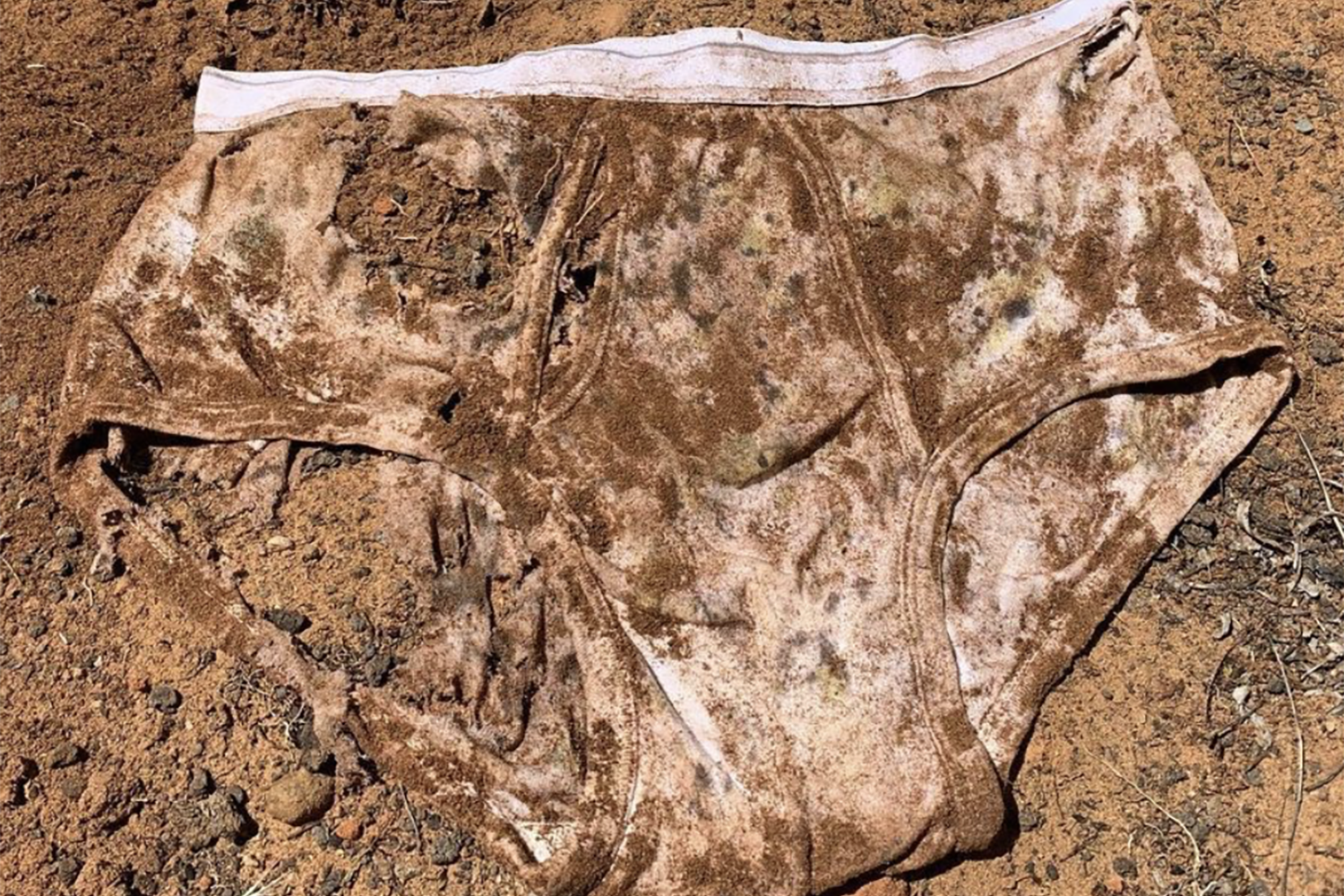
7. Bury your underpants!
Another way to learn more about the soils in your area is by burying a pair of cotton underpants – then digging them up a few months later to see how they have changed over time (if you’re using someone else's, ask for their permission first!).
Generally speaking, the more holes that have appeared in your pants, the healthier your soils are. This is because the billions of microorganisms that live in the soil like to feast on cotton. The more your pants have disintegrated, the higher the biological activity and hence the healthier your soil.
By comparing two different areas in your garden, or joining in with a friend, you can see different soils, and also appreciate that how we manage soil affects the soil’s biology, which is working away for you. You can find out more from the Royal Horticultural Society.
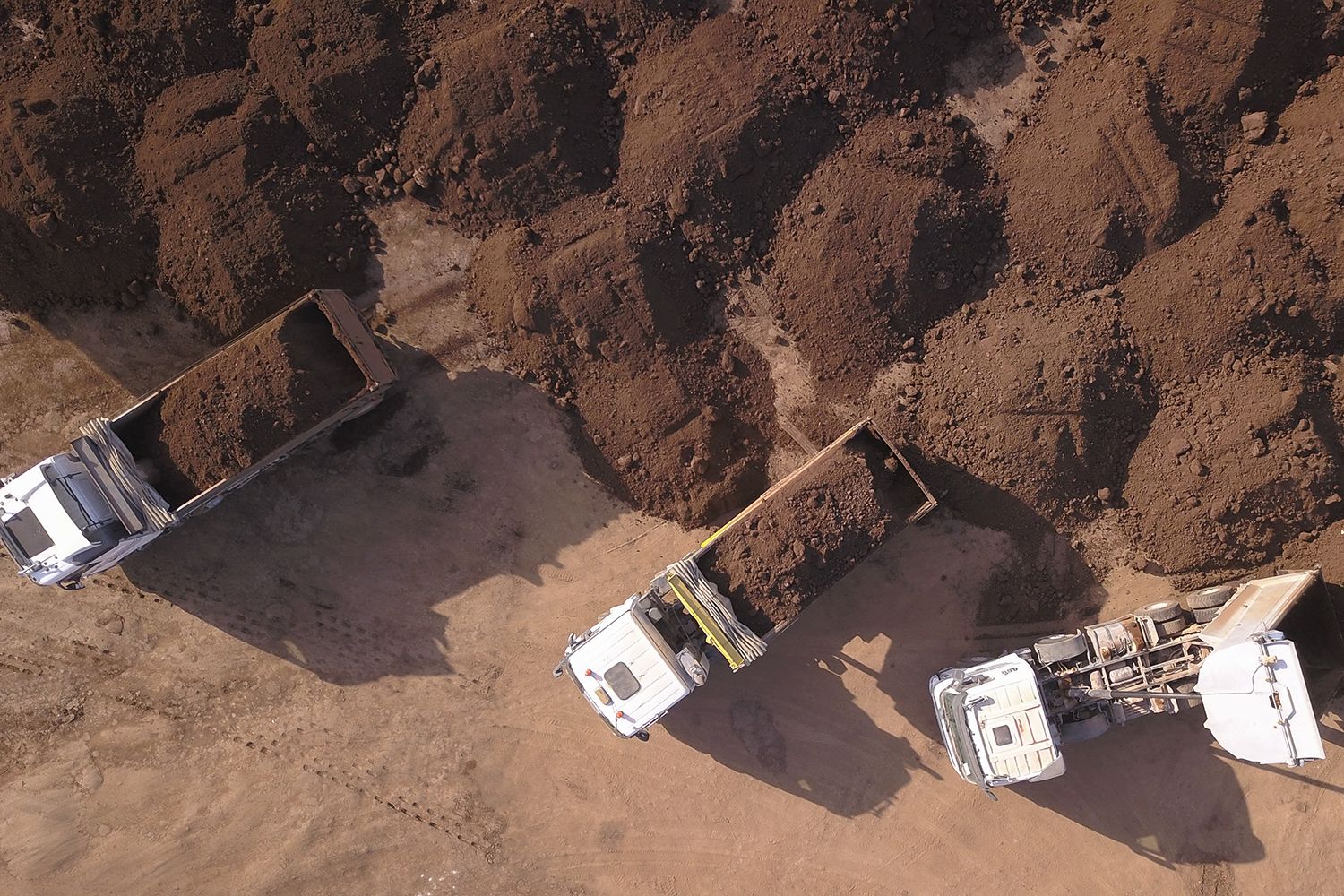
8. Don't throw it away!
Soils are a precious and limited resource – in our climate it can take 200-400 years to form just 1 cm of soil.
So don’t throw it away! More than 50% of our landfill is made up of soil! When renovating your house or building a basement ask your builder what they are doing with it. If you can, separate soil from rubble, and use it elsewhere in your flower beds or pots.
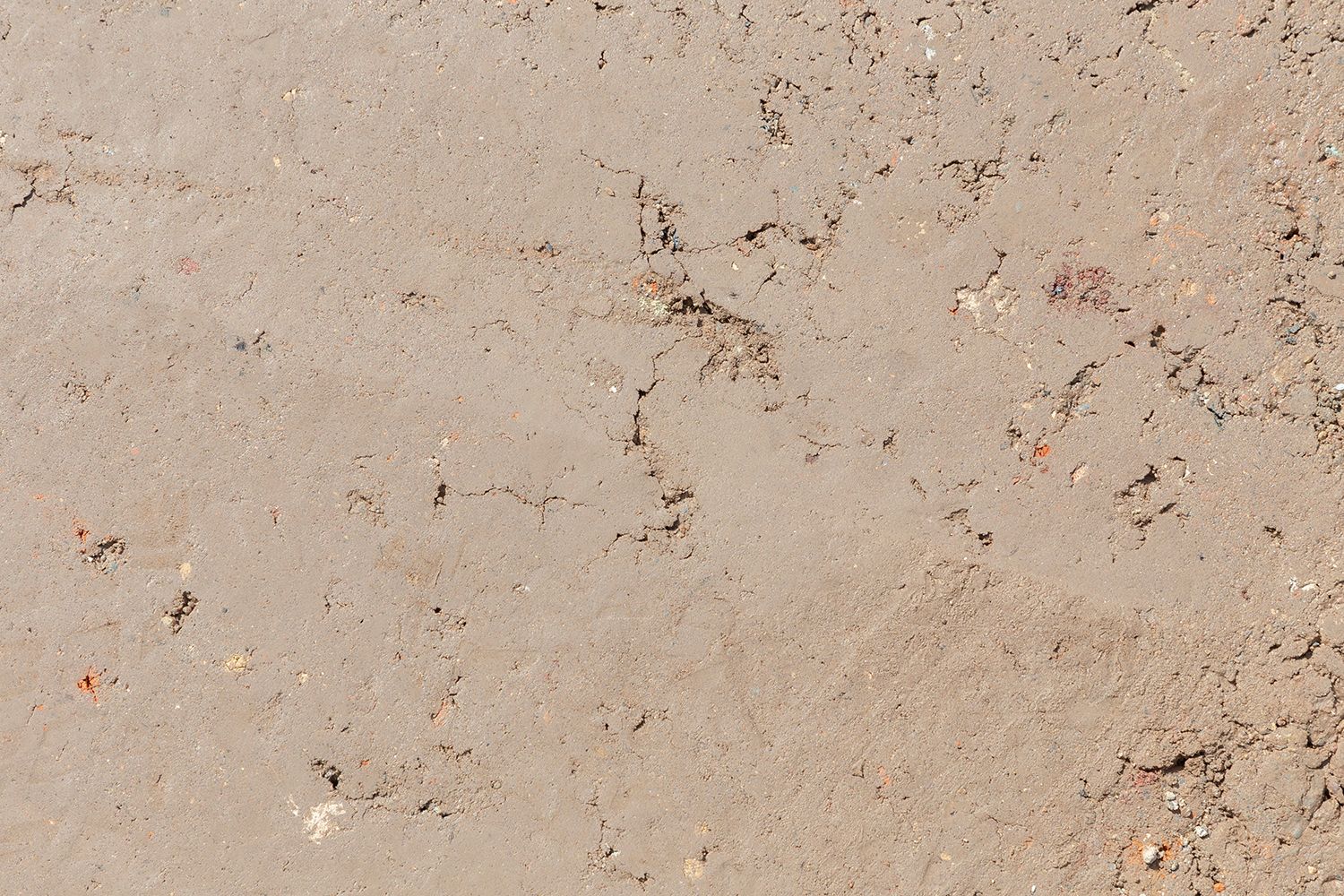
9. Stay on the paths!
Soil compaction occurs when there is repeated traffic – human, animal or farm machinery – on very wet soil. Compacted soil prevents water and oxygen from reaching a plant’s root system, killing them off and causing patches to form on lawns, driveways and sports fields. On farms it can be even more serious, reducing crop yields and affecting climate change resilience.
To prevent compaction, do your best not to walk, run or drive on wet soil, especially in winter, and after heavy or prolonged rainfall. Once compaction has occurred, it can be very tricky to reverse.
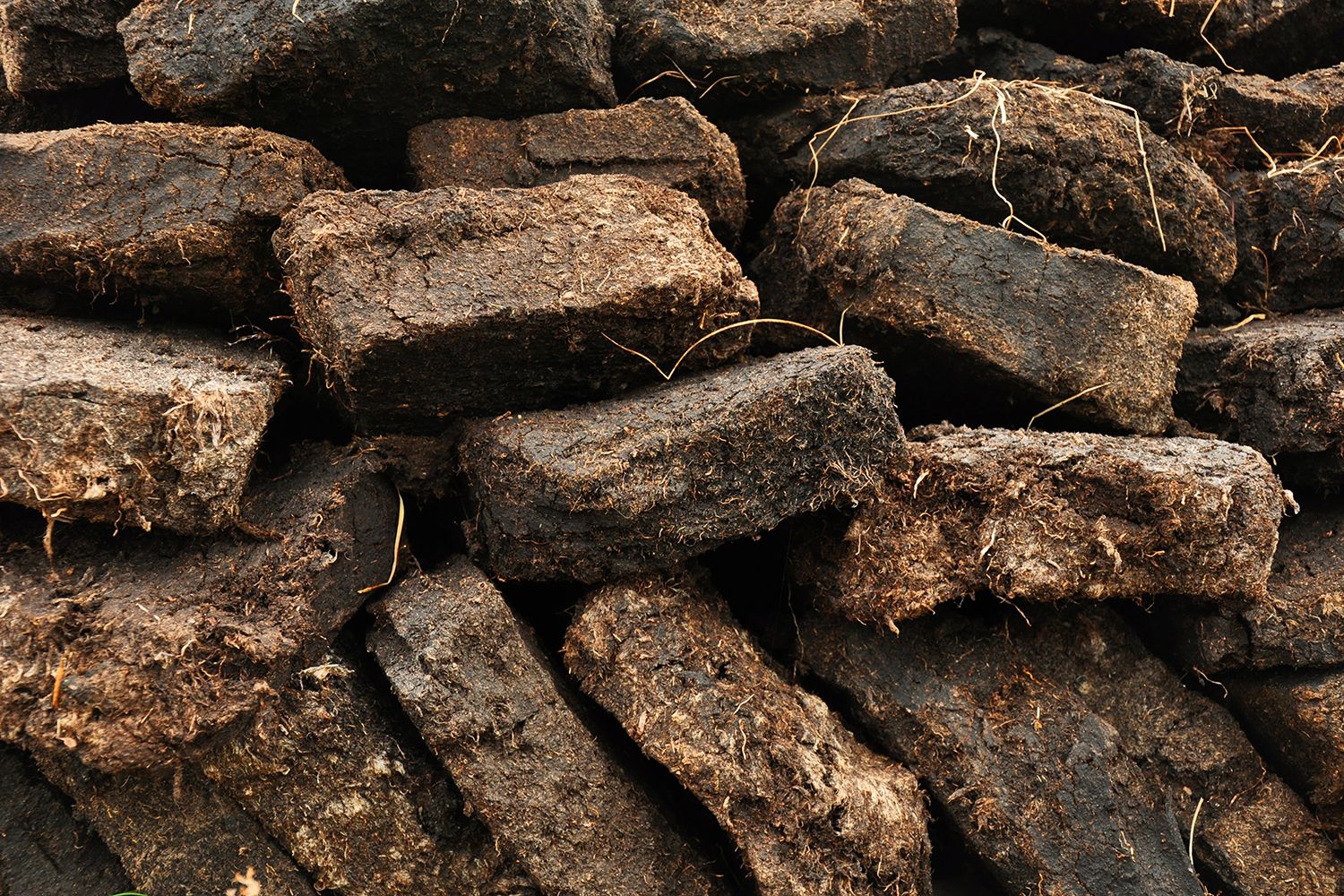
10. Peat
If you are after a soil-improver for your garden, steer clear of those that contain peat. Peat extraction releases greenhouse gases and damages precious habitat. Europe’s peatlands are precious ecosystems that provide a home to beautiful and fascinating wildlife.
Peat-based products will be banned in England in garden centres, DIY stores and online from 2024, but there’s no reason you can’t stop using them now. Peat-free alternatives are available, and consumer testing shows there are some excellent products out there.
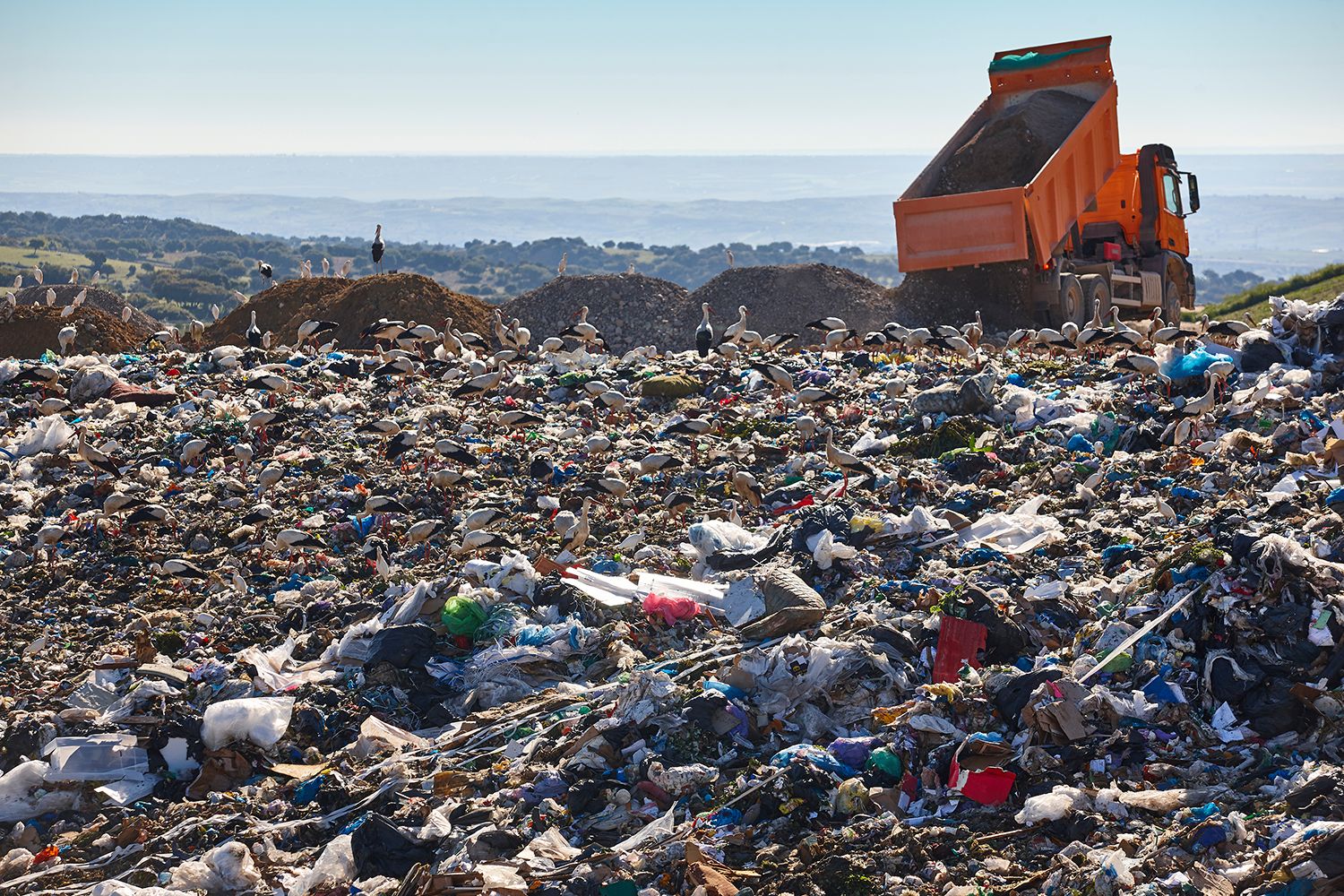
11. Don’t litter!
Sounds obvious, but proper rubbish disposal is not just about keeping the country beautiful. It’s now recognised that plastic pollution is near ubiquitous - and land acts as the major source of material transported to sea - with littering of single-use plastics as one of the greatest causes. Plastic in the environment slowly fragments into microplastics in the soil, finding its way into the diets of soil-dwelling organisms like earthworms - and the animals that eat them.

12. Campaign the campaigners!
If you are a member of an environmental organisation, make sure they take soil as seriously as you do! Find out how soil is represented in their campaigning work – and if necessary, suggest that it has a greater emphasis – in their research, their reports, their messaging and their banners!
Similarly, you can write to your local MP to find out where they ‘stand’ on soil. This is an issue not just for rural areas but also our towns and cities, where soil sealing and contamination is of such concern. Remember, soil sits alongside air, water and biodiversity as one of the core pillars of our ecosystem – let's ensure it receives equal attention!
Other UK Soils Awareness Week content